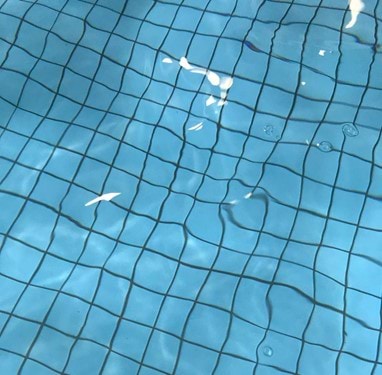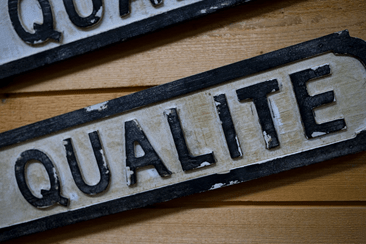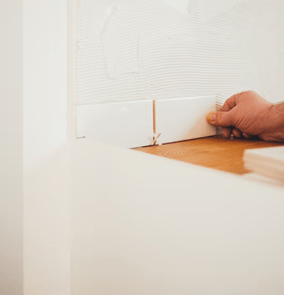As tiles get larger and installations get trickier, all setting-materials manufacturers have developed a category of “high-performance” mortars. If you are setting tile in a freeze/thaw environment, on above-grade areas with deflection, in submerged applications or with really large tiles, chances are good that you are being directed to one of these higher-performing mortars. What are they really and how do you tell the difference between them? Here are five things to know:
1. How is high performance measured?
|
|
 |
Mortars must do one thing very well – stick tile to the substrate. The cement that is used helps to do this by interlocking mechanically (more cement = higher performance). Polymer additives help to do this by adhering chemically and allowing the cement particles to flex (more polymer = higher performance). Standards such as ANSI and ISO use different approaches to determine the bond strength, but both do so in conditions such as high temperature, freeze/thaw and submerged conditions.
|
| 2. Where should I use high-performance mortars? |
|
|
The best resource for tile installers is the TCNA Handbook for Ceramic, Glass, and Stone Tile Installation (and its Canadian counterpart, the TTMAC Specifications Guide 09 30 00 Tile Installation Manual). Inside are drawings that show how to address over 250 different situations – from pools and floors over concrete to exterior installations and more. Each method has a section on “Materials” that indicates the minimum performance requirement of the mortar for that task. Both ANSI and ISO requirements are included. |
 |
| 3. How does ISO designate high-performance mortars? |
|
 |
ISO standards give letters to different mortars to designate how the mortars are used. All cement-based mortars (a mortar to which water or a liquid additive is added to a powder and blended) start out as a C1. Higher-performance mortars are designated with a C2 rating, which means that the bond that is developed is stronger under the conditions that are tested. For ISO, there is an additional concept of “deformability,” or how much the mortar can bend before it breaks. Two levels of deformability performance appear in ISO: S1 and S2. The highest-performance ISO mortar is, therefore, a C2S2 mortar, such as our MAPEI Ultralite® S2. Other letters for Extended open time (E), Fast-Setting (F), Plywood (P) and Thixotropic (T) are also added if the mortar passes the test; for example, MAPEI Ultralite S2’s full ISO is C2ES2P2. |
4. How does ANSI designate high-performance mortars?
|
|
| ANSI takes a different approach. Different classes of cement mortars get their own standard. A118.1 (unmodified) and A118.4 (modified) standards have been around for years. The “Improved” modified mortars fall under the relatively new A118.15 standard. Like ISO, A118.15 tests mortars under a variety of conditions that the mortar must pass. If the mortar does not pass the minimum requirements, it is not an A118.15 mortar. |  |
| 5. How do I know that a mortar offers high performance? |
|
 |
By tying TCNA Handbook methods with the appropriate mortars, installers and specifiers can be comfortable that the correct mortar is being used. Unfortunately, some manufacturers misidentify their mortars as A118.15 mortars when they do not pass all the tests. That can lead to the wrong mortar being used for a critical application and premature bond failure. The tests are not easy, and it is much easier to change a marketing document to call out a few tests that pass instead of improving the product to make it compliant. MAPEI has chosen not to go this route; we only state A118.15 compliance on our products that actually comply – Ultraflex 3, Ultraflex RS, Ultraflex LFT, Ultraflex LFT Rapid, Keraflex Super, Kerabond T / Keralastic System, Kerabond/Keralastic System and Granirapid System. If you are not sure (or if all the tests are not listed on a product’s Technical Data Sheet), ask the manufacturer for all the test results. If they cannot be provided, it is probably not a fully compliant mortar. |









Toll-free within Canada:
Technical Services at 1-800-361-9309
Customer Service at 1-800-668-1212
Copyright © 2025 MAPEI Inc. All rights reserved.
2900, avenue Francis-Hughes, Laval (Québec) H7L 3J5
Comments
Load more comments